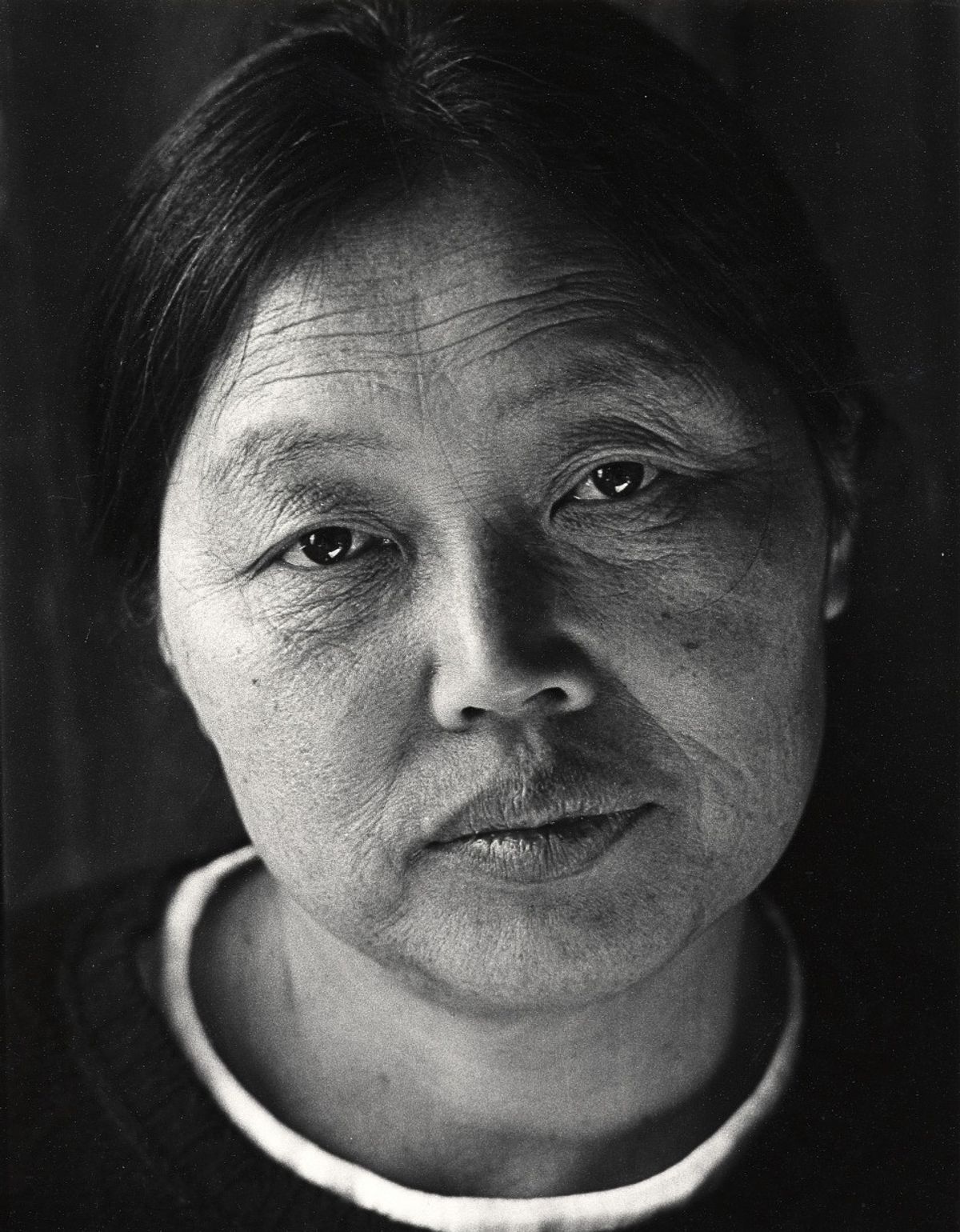To commemorate Asian-Pacific American Heritage Month in the US, the Archives of American Art has launched a focus honouring the legacy and influence of Japanese-American artists who were among the more than 120,000 Japanese-Americans incarcerated in internment camps in the US during the Second World War.
The multi-platform initiative—which is available through social media, weekly newsletters and the archives’ blog—includes poignant and rarely-seen documents related to artists such as Ruth Asawa and Miné Okubo. Some materials include a recorded 2002 interview in which Asawa explains how she coped with the isolation of being in an internment camp in Arkansas, and how the experienced influenced her practice, and more than 2,000 sketches Okubo made during her incarceration at the Topaz War Relocation Center in Utah.
Asian-Pacific American Heritage Month marks two pivotal dates in Asian-American history: the arrival of Japanese immigrants in the US on 7 May 1843 and the completion of the transcontinental railroad on 10 May 1869, an industrial feat built with significant labour from immigrant Asian workers. The memorial “presented the opportunity to raise the visibility of these artists represented in our collection”, says Liza Kirwin, the interim director of the Archives of American Art.
In the coming weeks, the initiative will feature posts about the artists Patti Warashina, Reuben Tam, Val Laigo, Miye Matsukata, Kamekichi Tokita, Jun Kaneko and Kay Sekimachi.
While its research centres in Washington DC and New York are closed due to the coronavirus pandemic, the organisation has “made an additional push to share digitised content, and have increased our efforts to point to resources available on our website while our researchers and followers are unable to visit us in person”, Kirwin adds.
The archives recently received private financial support for the digitisation of papers of under-represented artists and other overlooked parts of its archive. Kirwin says the grant “has allowed us to renew our efforts to share this material with the public".


